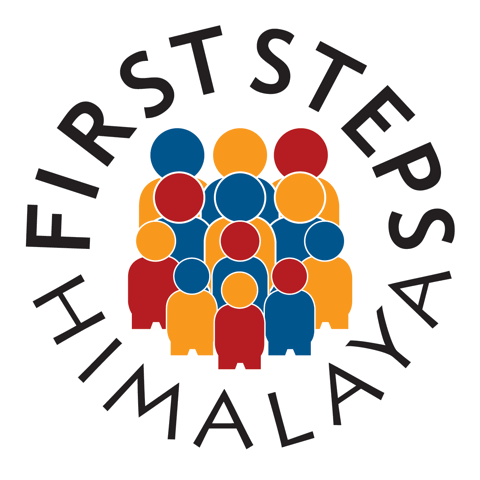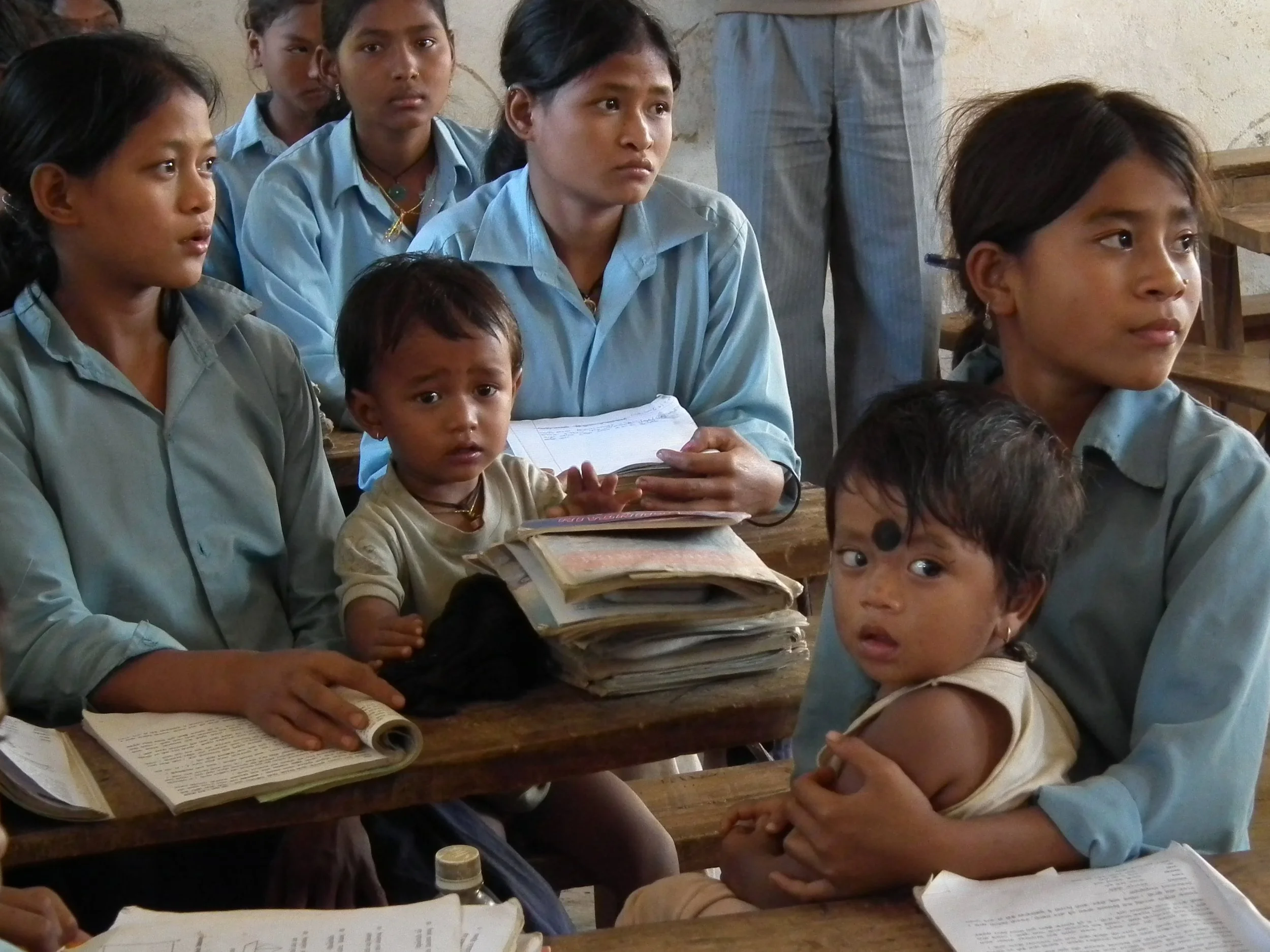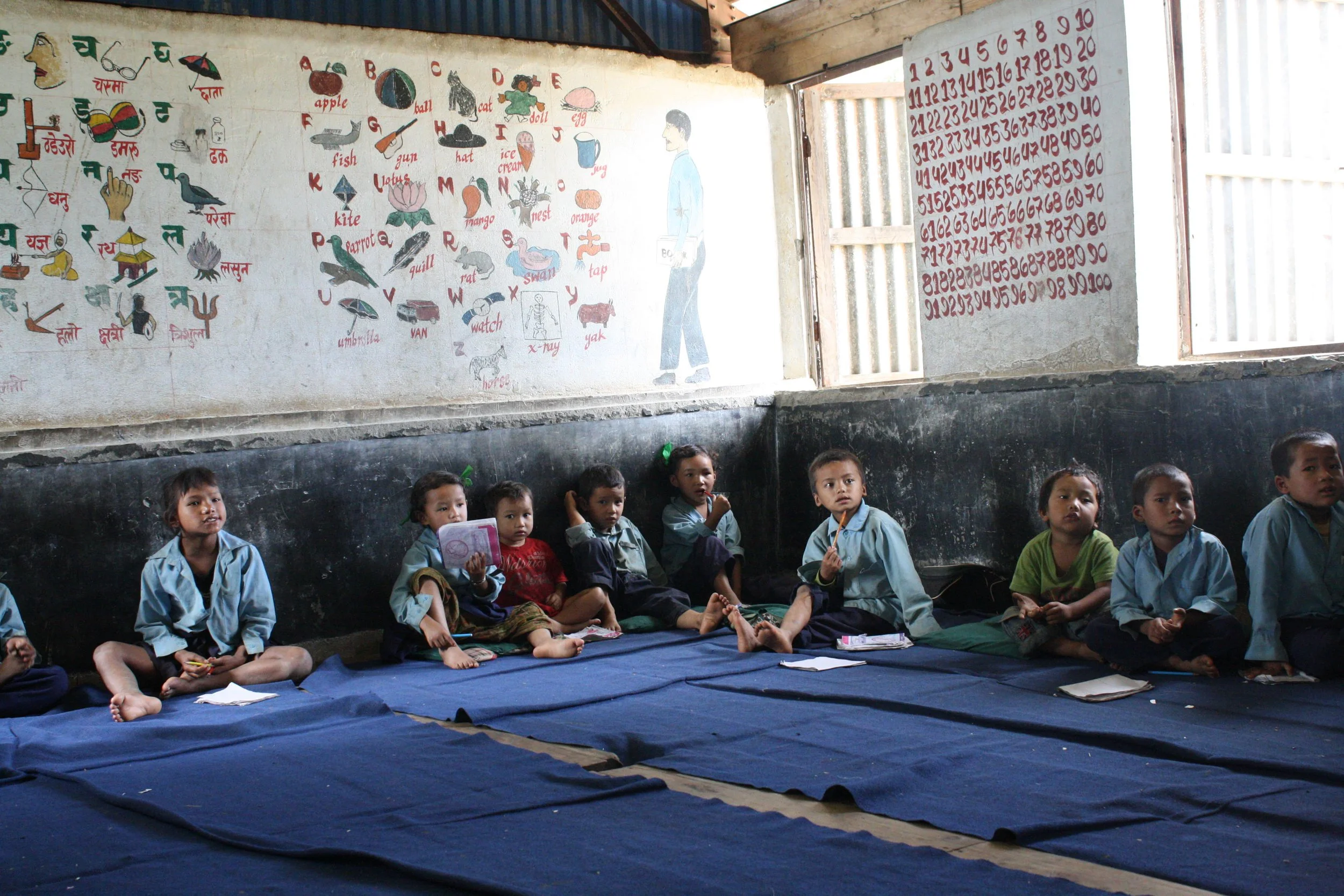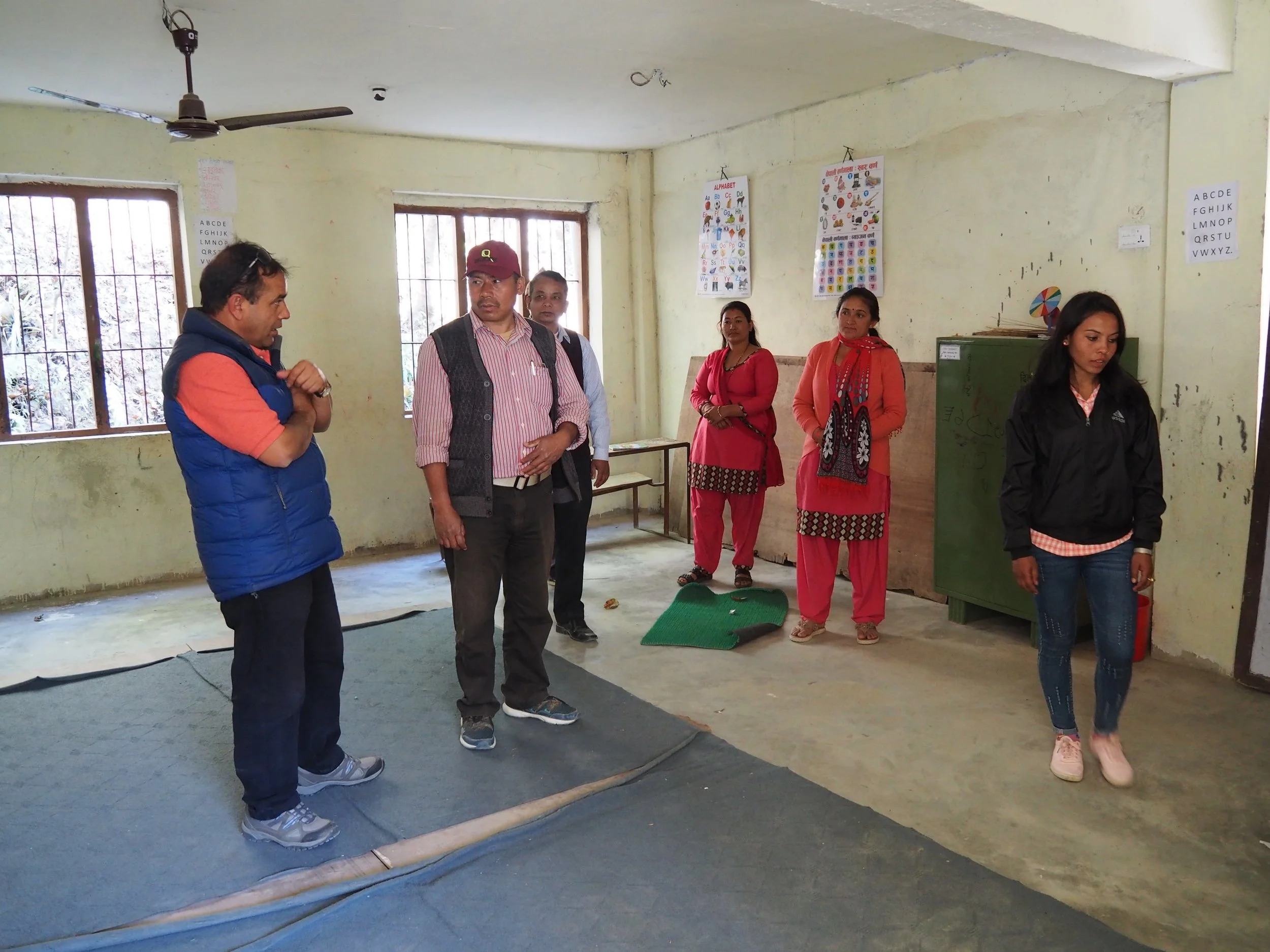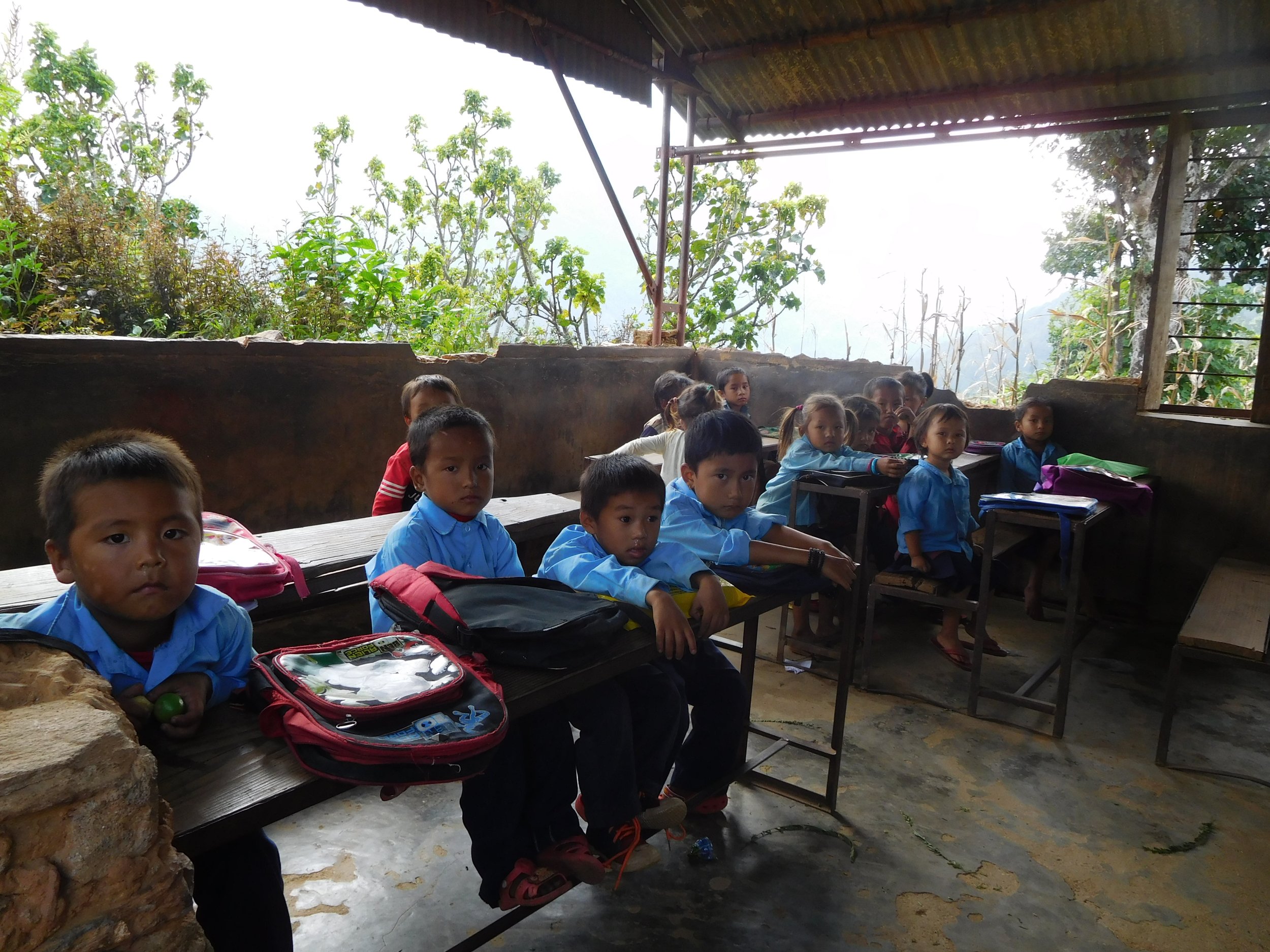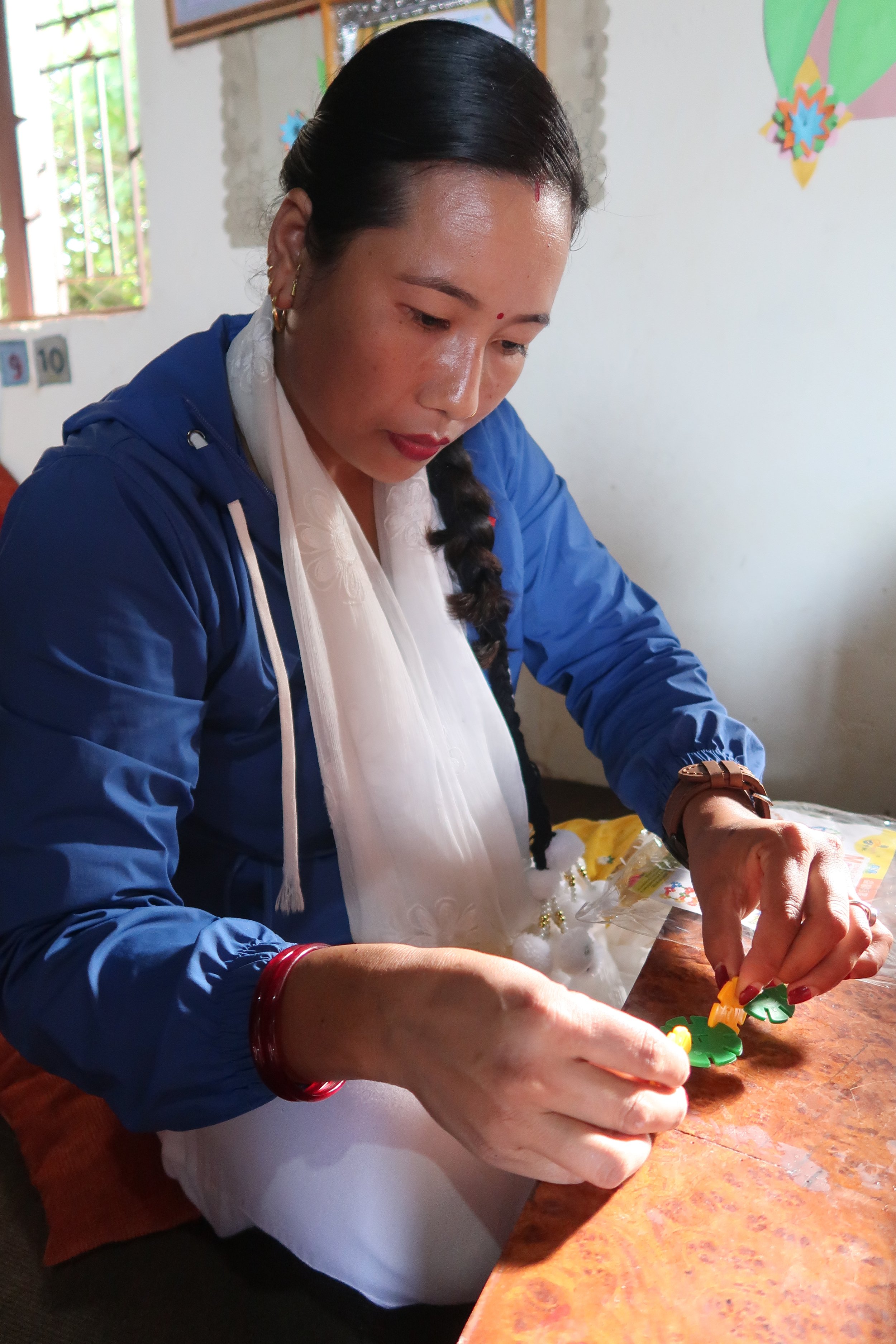At First Steps Himalaya, we often reflect on where we began. Sometimes the smallest beginnings hold the greatest stories of change. Two communities — Sangachok in Sindhupalchok and Aghinghare in Nuwakot remind us how much can grow from even the most modest starts.
Then:
When our Early Childhood Development (ECD) centre in Sangachok first opened its doors back in 2009, just three children arrived. Early learning was still an unfamiliar idea in the community, and many parents weren’t convinced their youngest children needed to be in school. Instead, little ones were often brought along by older sisters so that mothers could work — not to learn, but simply to be looked after. By the time these children officially started school, many already associated it with boredom rather than fun.
Now:
Fast forward, and the Sangachok ECD is now alive with energy. Enthusiastic young children fill the room with songs, laughter, and hands-on play. Teachers use creative, child-centered methods, and parents proudly support their children’s learning. What began with three curious little ones has become a model of early education for the region.
Then:
In Aghinghare, Nuwakot the local school was once a place of challenge. Children sat on bare floors in unsafe, untidy rooms. were scarce, and teachers had little support. Many families questioned whether education was worth sending their children so far from home.
The images below show our team’s initial visit back in 2018 when there were dirty bare classrooms, teachers lacked proper training and children lacked motivation to come to school.
If it hadnt been for a chance email from an enthusiastic local government officer requesting our support coinciding with a new donor offering to help, the school might still look like this!
Now:
Today, Aghinghare’s school has been transformed under the leadership of a dedicated head teacher. Bright, classrooms now welcome children each day who are proud of their school. Teachers have new skills and resources to make learning joyful and interactive. Parents have renewed faith in education, and children arrive eager to learn in a safe, nurturing environment.
Seeds of Change
From three children in our first ECD classroom to numerous bustling classrooms filled with hope, Sangachok and Aghinghare show us what’s possible when communities and educators join hands. These “then and now” stories remind us that change doesn’t happen overnight — it grows, step by step, into something remarkable.
At First Steps Himalaya, we are in it for the long haul and with your help we can do so much more.
